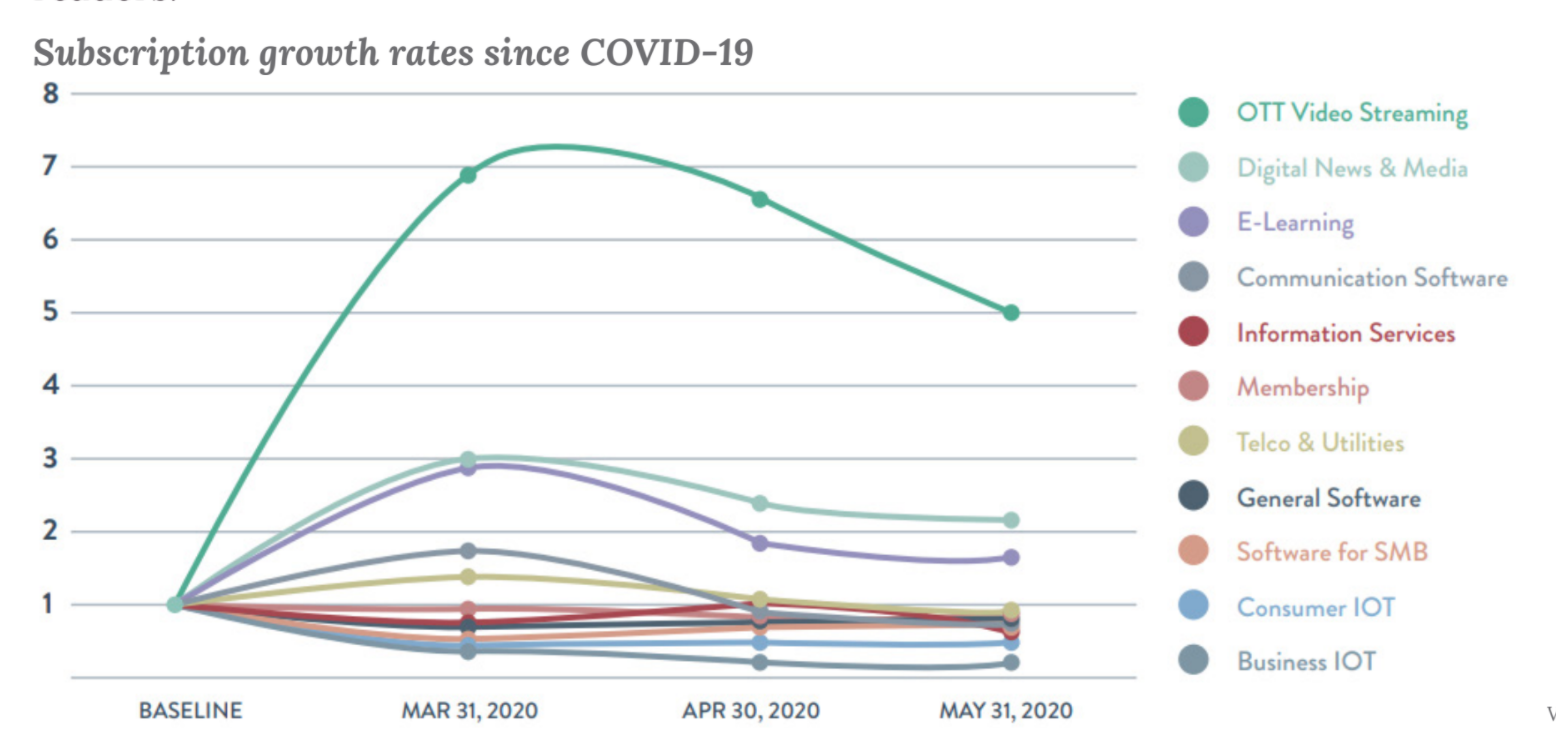
Make sure your email stands out among the flood of emails and prompts people to act.
As more people work remotely during the coronavirus pandemic, more communications and interactions are being done virtually. More emails are being sent, which means that your emails may be getting lost in other people’s inboxes. When recipients are not seeing your emails or acting on them, it can hinder your progress. If you want to move forward, the burden is on you to grab people’s attention. Here are five tips to help your email stand out thereby motivating people to respond:
1. Identify the time the other person is checking email.
Pay attention to when the individual sends you emails. This can give you a good sense of when the other person is online and viewing their email inbox. Use this as a guide as to when to send your emails. If the person lives across the world and on a very different work schedule, consider scheduling the sending of your email so that it appears in their inbox when they are engaged with their email.
2. Keep content specific and short, including the subject line and body of the email.
For your email to grab the attention of the recipient, your email has to have a subject line that is concise and specific. The more words in the subject line, the harder it is to quickly digest. And if the subject line is too general, the recipient might think it is a group email or spam. That is, personalizing an email via unique content and by sending it to an individual (as opposed to a group) can make the recipient feel more special, and in turn, more inclined to respond and act.
An example of this might be if you are thinking about a career move and interested in adding value to a particular organization. Write a sentence that conveys why you are interested and avoid rewriting your resume in the email body. Too much information can be overwhelming to the recipient and make the sender look desperate.
3. Highlight a commonality.
Identifying something you have in common with the email recipient is particularly helpful when you don’t know the other person. That is, a commonality can quickly establish an emotional connection with the other person. If you learn through their LinkedIn profile that you both attended the same college, mention this. Use commonalities to grab people’s attention and tap into their emotions.
4. Ask a specific question, or provide a specific request.
State that you would appreciate them letting you know of any feedback on the document by a specific date, for instance. Another example is to ask a specific question like, “Would you please share the fall 2020 consumer preferences data?” If you are considering your next career move and want to expand your network, ask your connection if they would be willing to connect you with a person you know is in their network.
General requests or blanket statements don’t motivate people to act. In part, because general language is unclear. Don’t give the recipient a chance to question what information you need from them. Be specific.
5. Follow-up with a text.
Another way to get the person to pay attention to your email is by texting them. Some people will ask you to text them as an alert for them to read your email. Take advantage of this invitation. You are not being overbearing. The person is telling you how best to communicate and work with them.
It can be difficult to make forward progress if you are finding it hard to communicate with others. There are ways you can catch people’s attention and get them to act. Recognize when other people are online, be specific and short, share something you have in common, be clear and follow-up using other modes of communication.
What techniques do you use to engage people over email? Share with me your stories and thoughts via Twitter or LinkedIn.

